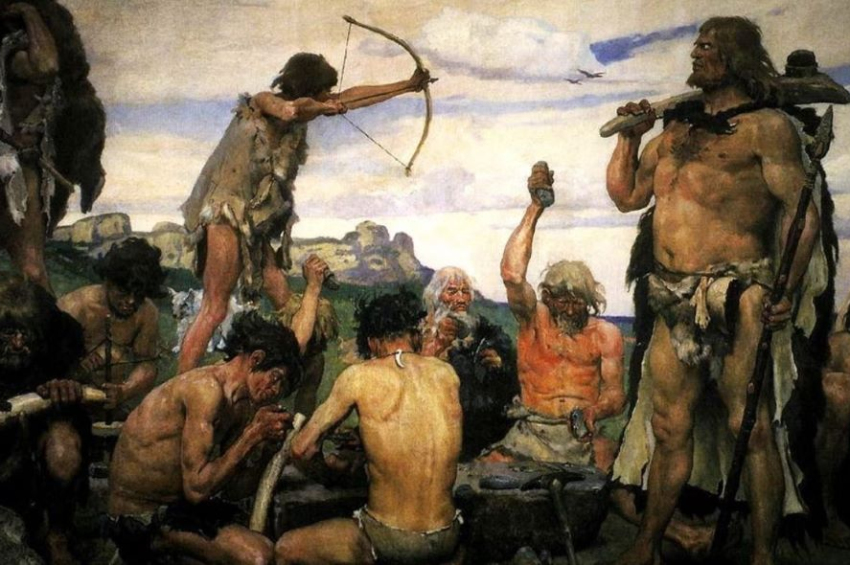Prehistoric arrow flints challenge timeline of first Neanderthal - Homo sapiens encounters
For about 300,000 years, Neanderthals dominated European territories until their extinction about 40,000 years ago. Modern humans, Homo sapiens, gradually spread from Africa and reached Western Europe during the Middle Paleolithic era, around 48,000 to 45,000 years ago, leaving distinct artifacts in Germany and Italy.
But a collection of flints for arrows, estimated to be around 54,000 years old and discovered in a cave in southern France, challenges previous beliefs about the timing of interactions between Homo sapiens and Neanderthals. These small stones, indicative of early arrow use in Western Europe, may suggest that Homo sapiens encountered Neanderthals much earlier than previously thought.
More to read:
New clues why Neanderthals lost to modern humans
The prevailing view among scholars of human evolution posits that the bow and arrow technology provided Homo sapiens with a competitive advantage over Neanderthals.
If validated, this find could push back the timeline of contact between the two species.
A study conducted last year in the Rhône Valley, France, presented Neanderthal teeth, except for an incomplete milk tooth believed to belong to a Homo sapiens child around 54,000 years old. This challenged the accepted timeline of Homo sapiens' arrival in Western Europe. The discovery, published in Science Advances, provides additional evidence in the form of arrowheads.

The recently discovered arrowheads, primarily made of flint (pictured above), were meticulously studied last year at the University of Aix-Marseille, where researchers recreated arrows and conducted experiments to assess their effectiveness. The findings suggest that Neanderthals relied on traditional, hand-thrown spears, lacking the bow and arrow advantage of Homo sapiens.
The authors emphasize the significance of the discovery in expanding our understanding of ancient technologies in Europe, potentially pushing back the era of archery by over 40,000 years.
The bow and arrow enabled a safer and more efficient hunting, but also a better warfare.
Yet the dating process is complex and needs to be validated by other sources before being accepted by a wider scientific community.
Once confirmed, the fact will greatly expand the period of Neanderthal – Homo sapience coexistence and cast new doubts that modern humans were the primary cause of the Neanderthals’ extinction.
***
NewsCafe is a small, independent outlet that cares about big issues. Our sources of income amount to ads and donations from readers. You can support us via PayPal: office[at]rudeana.com or paypal.me/newscafeeu. We promise to reward this gesture with more captivating and important topics.







